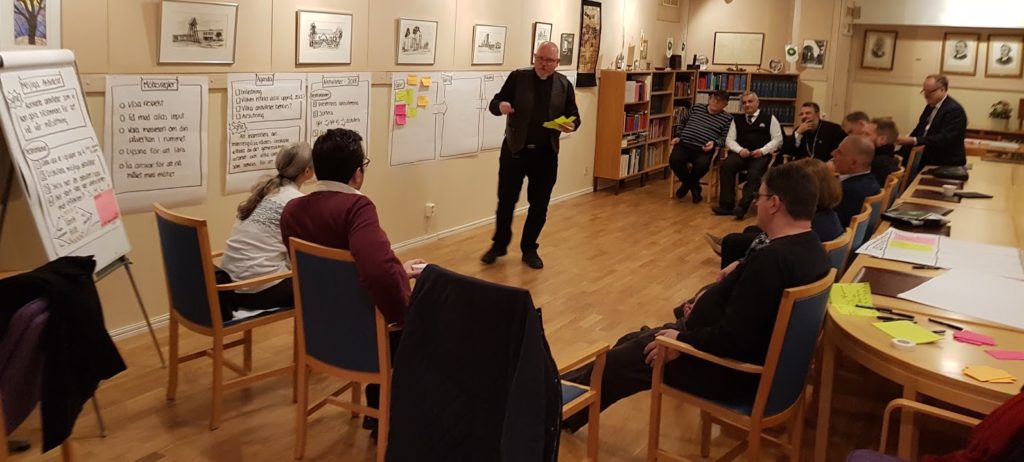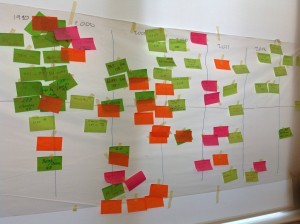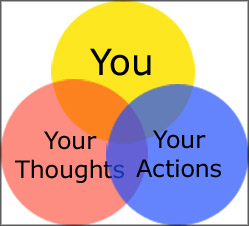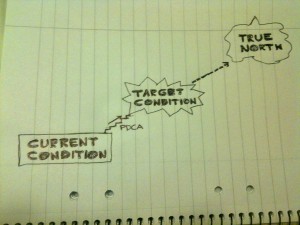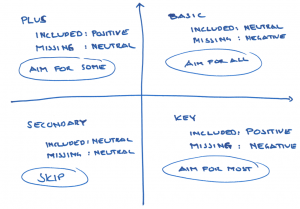
Vad är ett Agilt mindset och hur beskriver man det?
Det är en fråga jag fick finna svar på i och med det sista tillfället i Scrum Master programmet Mia Pilebro (agil coach på arbetsförmedlingen) och jag genomförde på Arbetsförmedlingen. Denna artikel beskriver den definition jag landade i, resonemanget bakom samt varför detta är viktigt då man förändrar en organisation mot en Agil kultur och arbetssätt. De definitioner jag hittade när jag sökte svar på frågan kändes inte kompletta, enligt mitt tycke. Efter diskussion med mina kollegor på Crisp, och med Mia, landade jag i en definition som består av ett antal påståenden, hållningar och en intention.
Continue reading
